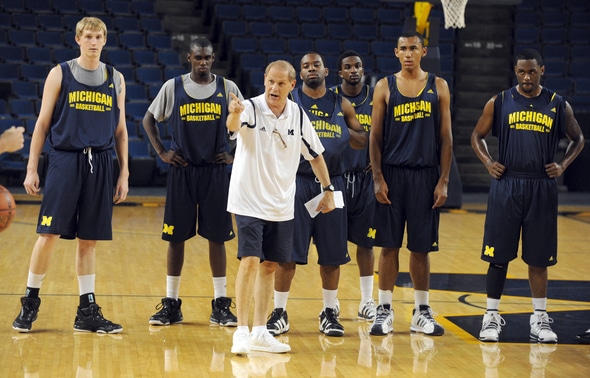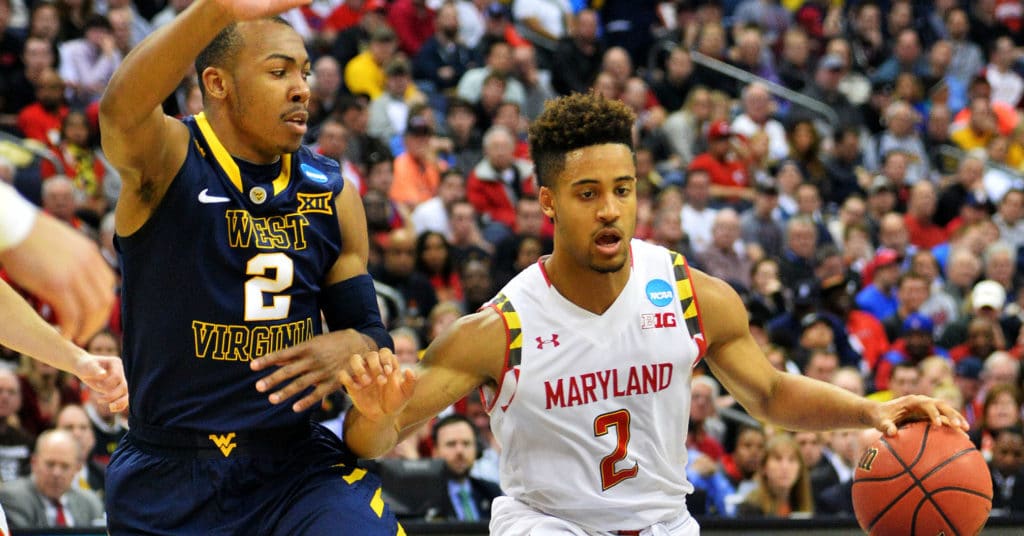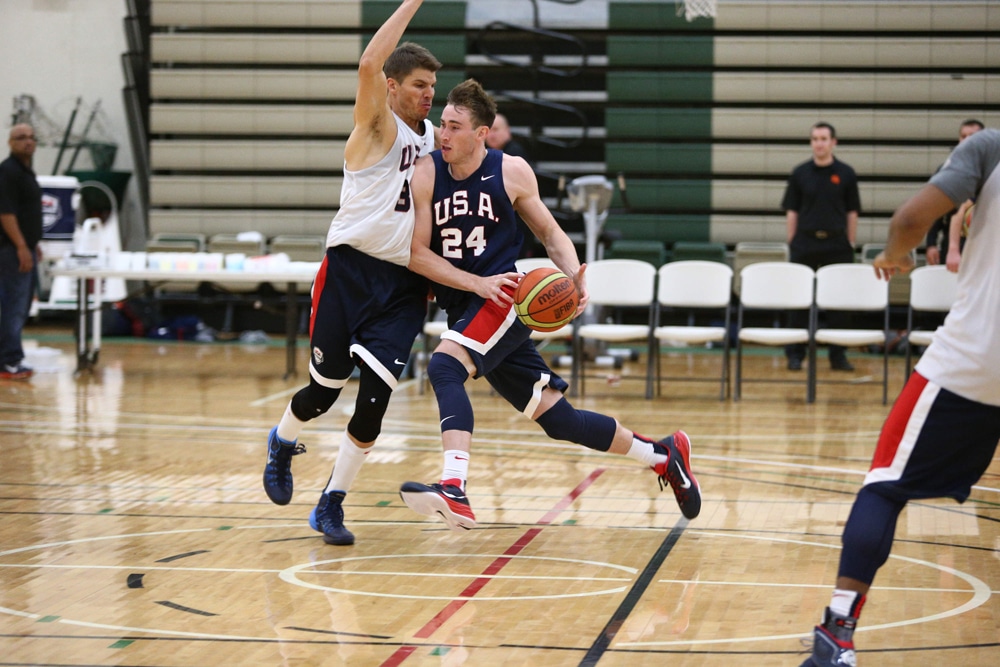
How to Handle Player Development and Team Success: What You Need to Know
Balancing player development with achieving team success is one of the primary challenges faced by basketball coaches. Both elements are crucial: developing individual skills fosters long-term growth, while focusing on team success drives immediate performance outcomes.
Navigating this complex balance requires strategic planning, effective communication, and a commitment to cultivating both individual and collective skills.
This article will explore strategies for managing player development while ensuring team success, offering actionable insights to help coaches thrive in this multifaceted role.

1. Set Clear Individual and Team Goals
Establishing clear and actionable goals is essential for aligning player development with team success.
Define Individual Goals
Each player brings unique strengths and weaknesses to the team, so it’s essential to work with them to set personalized development goals. These goals should be specific, measurable, achievable, relevant, and time-bound (SMART). Examples include:
- Improving Shooting Accuracy: A player might aim to increase their shooting percentage from three-point range by 10% over the season.
- Enhancing Defensive Skills: Another player may focus on improving their on-ball defense by committing to a certain number of steals per game.
- Developing Leadership Qualities: A player could aim to take on more vocal responsibilities during games, helping to organize the team’s defense or offense.
Establish Team Goals
Team goals reflect collective aspirations and provide a unified direction for the group. These goals can be about:
- Winning a Championship: This goal motivates everyone to strive for excellence in practices and games.
- Improving Defensive Metrics: Focusing on limiting opponent scoring can unify efforts and encourage teamwork.
- Enhancing Overall Team Cohesion: Goals that promote better communication and understanding among players can lead to improved performance on the court.
Integrate Goals
To ensure that individual goals contribute to the achievement of team goals, coaches should facilitate discussions that connect personal objectives with team aspirations. For instance, if a player’s goal is to improve their passing, the coach can highlight how enhanced passing skills will improve team ball movement and offensive flow, ultimately contributing to team success.
Communicate Regularly
Regular communication regarding both individual and team goals is critical. Schedule periodic check-ins to assess progress, celebrate achievements, and recalibrate goals as needed. This ongoing dialogue helps maintain motivation and fosters a sense of accountability.

2. Develop a Structured Player Development Program
A structured player development program is vital for balancing individual growth with team success.
Create Development Plans
Each player should have a personalized development plan that outlines specific drills, practice routines, and skill-building activities. Tailor these plans to address each player’s needs and aspirations. Consider including:
- Skill-Specific Drills: Tailored drills for shooting, passing, dribbling, and defense.
- Physical Conditioning Routines: Include strength training, agility drills, and endurance workouts to improve athleticism.
- Mental Training Techniques: Encourage players to engage in visualization exercises, mindfulness, and other strategies to enhance mental resilience.
Incorporate Regular Assessments
Implement regular assessments to track player progress and adjust development plans as needed. Use metrics such as:
- Performance Stats: Analyze individual game statistics to gauge improvements in key areas.
- Skill Evaluations: Conduct periodic skill assessments to monitor growth in specific competencies.
- Feedback Sessions: Utilize structured feedback sessions to provide players with insights into their performance and areas for improvement.
Balance Development and Team Play
Integrate individual development activities into team practices to create a cohesive approach to growth. For example:
- Allocate Time for One-on-One Drills: Dedicate practice time to individual skill development while also focusing on team strategies.
- Incorporate Team Scrimmages: Use scrimmages to allow players to apply newly acquired skills in a game-like environment, fostering both individual and collective growth.
Utilize Technology
Consider using video analysis and performance tracking software to provide players with visual feedback on their progress. This data-driven approach allows players to see their improvements and better understand areas that require additional focus.

3. Foster a Team-Centric Approach to Player Development
Balancing individual player growth with team objectives requires a focus on how individual skills contribute to team success.
Promote Team Contributions
Emphasize how individual improvements can positively impact the team. For instance:
- Defensive Skills: Highlight how a player’s enhanced defensive skills can strengthen the team’s overall defense, leading to better game outcomes.
- Offensive Skills: Demonstrate how improving passing or shooting contributes to team scoring and offensive efficiency.
Encourage Collaboration
Create an environment where players support each other’s development. This can be achieved through:
- Team-Building Activities: Organize activities that promote trust and camaraderie among players, enhancing teamwork on and off the court.
- Peer Feedback Sessions: Allow players to provide constructive feedback to one another during practice, reinforcing the idea that development is a collective effort.
Highlight Success Stories
Sharing examples of how individual achievements have contributed to team success can motivate players. Recognize players who have made significant strides in their development and how that has positively affected the team. Celebrate milestones, such as:
- Improved Performance Metrics: Recognize players whose individual improvements have led to enhanced team performance.
- Key Plays in Games: Highlight moments where individual contributions were pivotal in securing wins, reinforcing the value of player development.
4. Create a Positive Coaching Environment
The environment in which players develop significantly impacts their growth and the team’s success.
Foster Open Communication
Encourage open lines of communication between players and coaches. Create a culture where players feel comfortable discussing their goals, challenges, and ideas for improvement. This can lead to more meaningful connections and a deeper understanding of individual player needs.
Cultivate a Growth Mindset
Promote a growth mindset within the team. Encourage players to view challenges as opportunities for learning rather than as setbacks. Celebrate effort and improvement, reinforcing the idea that development is a continuous process.
Provide Emotional Support
Recognize that player development is not just about skills; it also involves emotional and mental aspects. Be attentive to players’ emotional needs and provide support when they face challenges. Acknowledging their struggles and offering guidance can enhance their resilience and commitment to growth.

5. Balance Immediate Needs with Long-Term Goals
While focusing on individual development, coaches must also prioritize the team’s immediate performance needs.
Assess Team Needs
Regularly assess the team’s current strengths and weaknesses to identify areas that need immediate attention. This assessment can inform practice planning and help balance long-term development goals with short-term performance needs.
Adjust Practice Plans Accordingly
Design practice plans that address both individual development and team objectives. For example, if the team struggles with late-game situations, dedicate practice time to improving decision-making and execution under pressure, while still allowing for individual skill development.
Be Flexible
Be willing to adapt your coaching strategies based on the evolving needs of the team and individual players. If certain players are showing exceptional growth, consider providing them with more responsibilities in games, which can further enhance their development and contribute to team success.
How to Handle Player Development and Team Success Conclusion:
Balancing player development with team success is a multifaceted challenge that requires careful planning, clear communication, and a commitment to fostering both individual and collective growth.
By setting clear goals, developing structured programs, promoting collaboration, creating a positive environment, and balancing immediate needs with long-term aspirations, coaches can effectively navigate this complexity.
Ultimately, the synergy between individual development and team success leads to a thriving basketball program that not only wins games but also nurtures the growth of its players for years to come.



